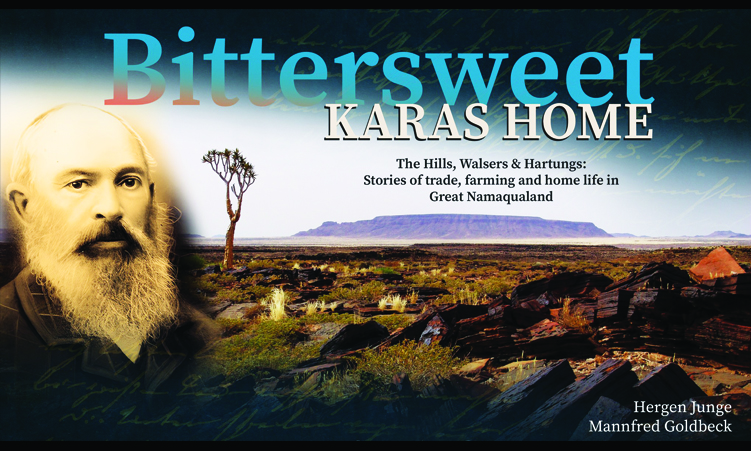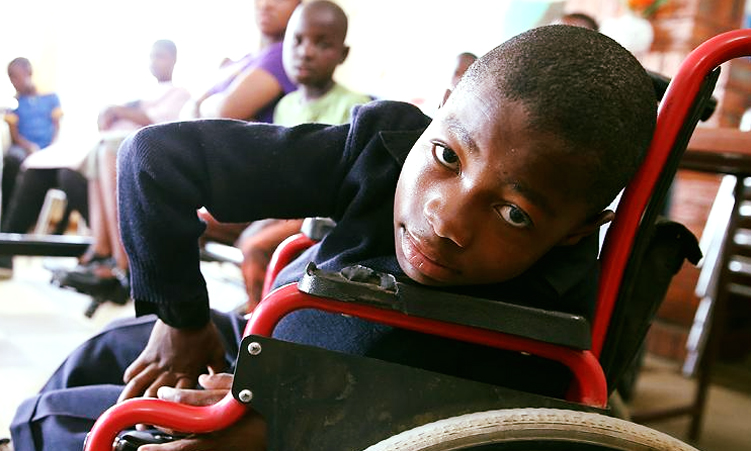The Namaqualand Karoo, straddling both sides of the Orange or Gariep River, has two faces, and they depend on the presence or absence of rain.
In times of drought, the grass cover shrivels and sand grains and pebbles are aglow under the sun. All growth is stunted by the lack of liquid and livestock graze grass tufts down to their roots. Temperatures soar soon after sunrise. The sky is a cloudless blue, making warm-blooded creatures scurry towards cover, even if it is only a ribbon of shade under a shrub.
You can still find traces of water in the Karas Mountains’ quartzite and granite crevices and in dams that are shrivelling up, giving way to mud cracking into clay continents divided by deep slashes and chasms.
Exhaustion is everywhere.
After months of uninterrupted blue days, clouds begin to dot the sky again. But they are small and too far away to induce rain.
But then, the first gigantic mushroom-like cumulonimbus cloud looms purple and ominous. The stem rises boldly and forms a table top or anvil.
Cloud mountain ranges ascend dramatically. Eventually, the clouds reveal their dark blue undersides and allow the sun to pierce through intermittently.
Swirls of cloud sweep across the sky and one can see, in the distance, the first curtains of rain.
Some of them try to reach the soil but are drawn up again by powerful updrafts. A double rainbow throws its colour constellation across the sky.
The enormous clouds do not only store water but harbour electric fields. Lightning races downward, forking rapidly and repeatedly. At times, lightning slashes across the horizon.
Silence is followed by a thunder clap. When the rain pounds down, the electric drama can be heard but no longer seen.
This is what the San call the ‘male rain’, refering to it as ‘bleeding from the sky’.
Trees bend in the storm. Water forms rivulets and cuts dongas of different sizes into the earth. But when you step on the wet ground and lift your shoe, there is only dry sand.
Then, the female rain comes with its ‘milk rain’, often building up softly and gently at night, and at dawn delivering droplets of rain that can continue for days.
These are joyous, grey summer days because they mean the landscape will soon turn green, water will accumulate in reservoirs and there will be a respite from the heat.
Plants will flourish, birds will chirp and begin to build their nests, herbivorous mammals will roam with confidence and humans will rediscover hope for a plentiful life.
All living beings in the Nama Karoo have to live with water scarcities while waiting for rain. Plants, animals, and humans have evolved coping skills.
A plant which exhibits its strong determination to survive is the resurrection plant. For years it stands barren and appears dead, but a single solid downpour draws out its emerald beauty. Bright flowers shoot up like candles alight.
Life in the //Kharas region relies on clouds emerging over the Indian Ocean, engaging in the long trek across the continent’s eastern escarpment and the evaporation-enhancing Kalahari delta in the direction of the cold Atlantic Ocean, gradually pouring off their precious liquid load until they hit the barrier of the Namib and peter out before the coast.
Rain fills up water holes, vleis, pans and rivers and replenishes the ground water level in dry riverbeds.
But none of that happens if clouds fail to form over the Indian Ocean, if their cargo unloads too early on the southern African Highveld or if a specific region does not coax a single raindrop from the clouds that drift blithely past.
Intertwined with the climate and environment of the //Kharas region, is the history of the people who chose to make the great Namaqualand their home.
The three families — the Hills, Walsers, and Hartungs — worked the soil, watched the heavens, married and grew old.
Their stories had troubled beginnings, happy middles and dubious ends. They were influenced by the climate, economy, and historical development of the time.
*This publication features the first chapter of ’Bittersweet Karas Home‘. Subsequent chapters will be released every Sunday. To stay updated, scan the QR code to visit the Padlangs page where you can track new releases and access additional content.
Stay informed with The Namibian – your source for credible journalism. Get in-depth reporting and opinions for
only N$85 a month. Invest in journalism, invest in democracy –
Subscribe Now!






